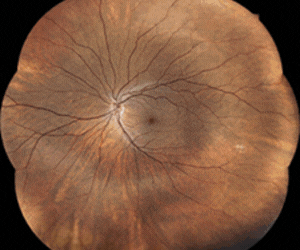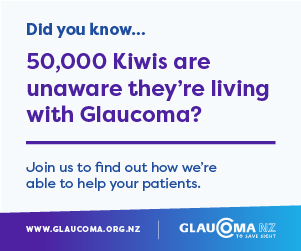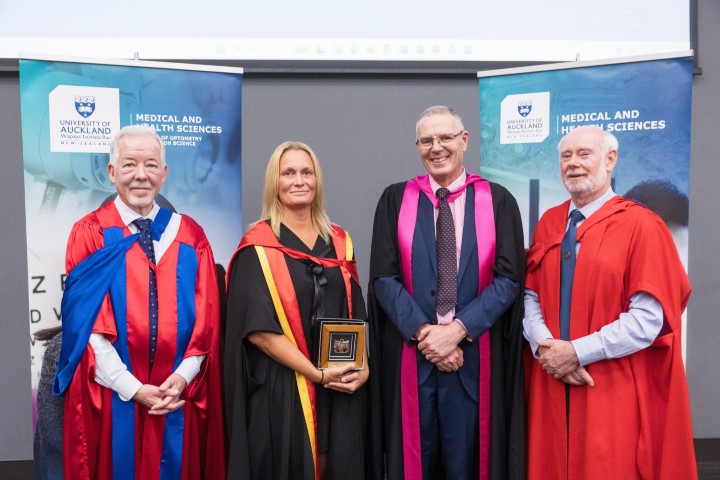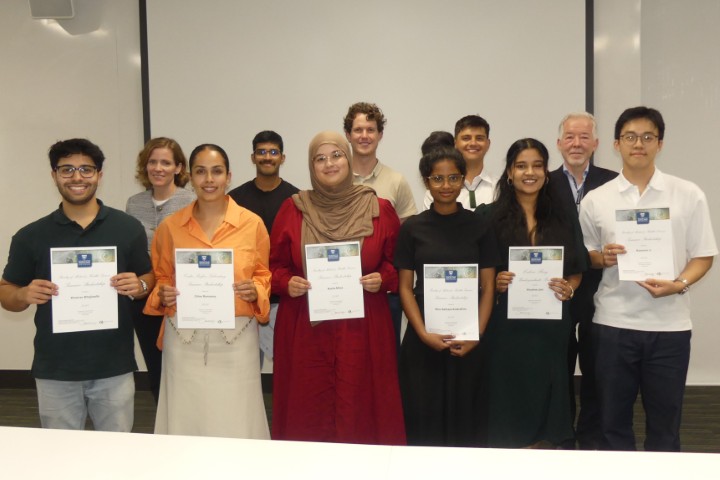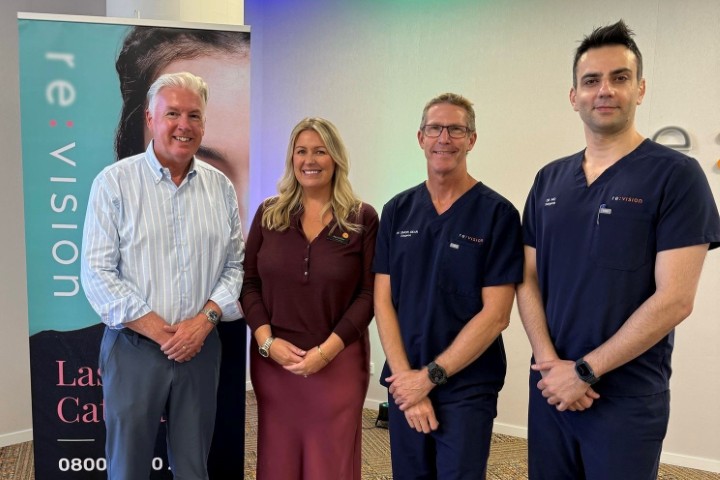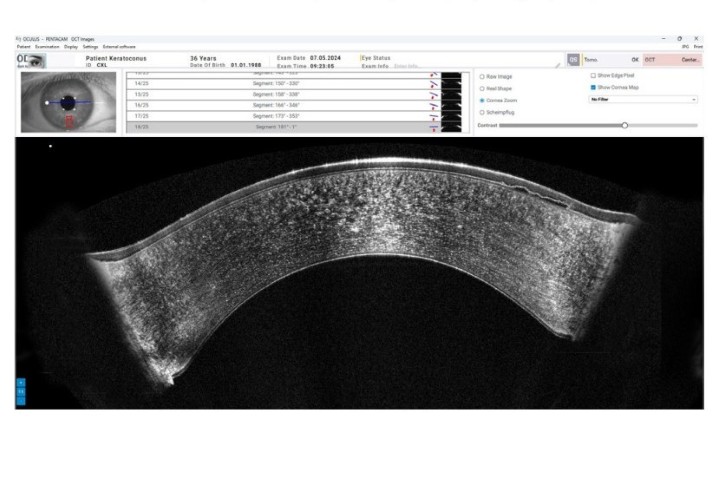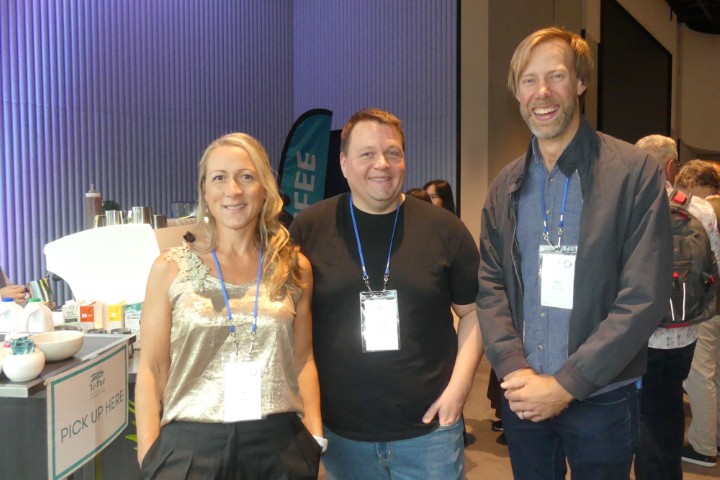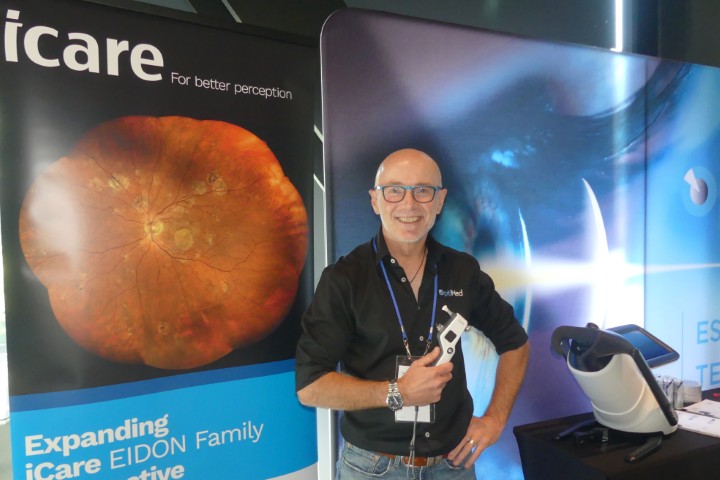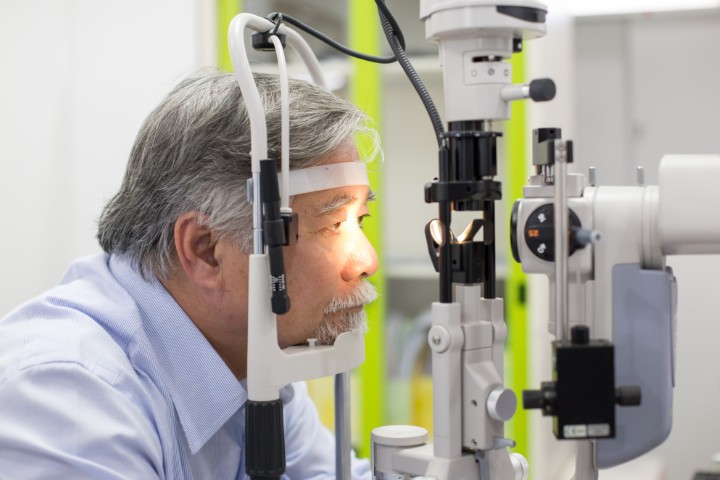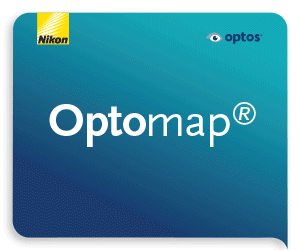AI pupil scan detects glaucoma
Researchers at the Royal Melbourne Institute of Technology (RMIT) have demonstrated that an automated 10-second pupillary complexity test could detect open-angle glaucoma.
Led by Professor Dinesh Kumar, the team said its study of 37 participants (13 early-stage, bilateral, open-angle glaucoma patients, 13 age-matched controls and 11 young controls) showed glaucoma patients had a higher complexity than other groups, irrespective of age. Participants’ pupil diameters were measured using Gazepoint’s inexpensive GP3 eye tracker.
The team said the discovery of melanopsin expressing intrinsically photosensitive retinal ganglion cells has helped to explain the regulation of pupil size, with abnormalities in pupillary light reflex (PLR) reported in glaucoma patients. Further, since open-angle glaucoma is commonly bilateral and asymmetric, the difference in responses between the two eyes could be used as a biomarker for glaucoma. However, RMIT researchers noted that previous studies of the relationship involved the manual selection of dark adaptation time, pulse-width and different wavelengths of light stimuli; the analyses also needed manual supervision. RMIT’s method automatically records and analyses pupillary data and works under ambient light conditions.
The team said the software could also be extended to detect other neurological conditions and they are now looking to adapt the technology to work with smartphone cameras.






